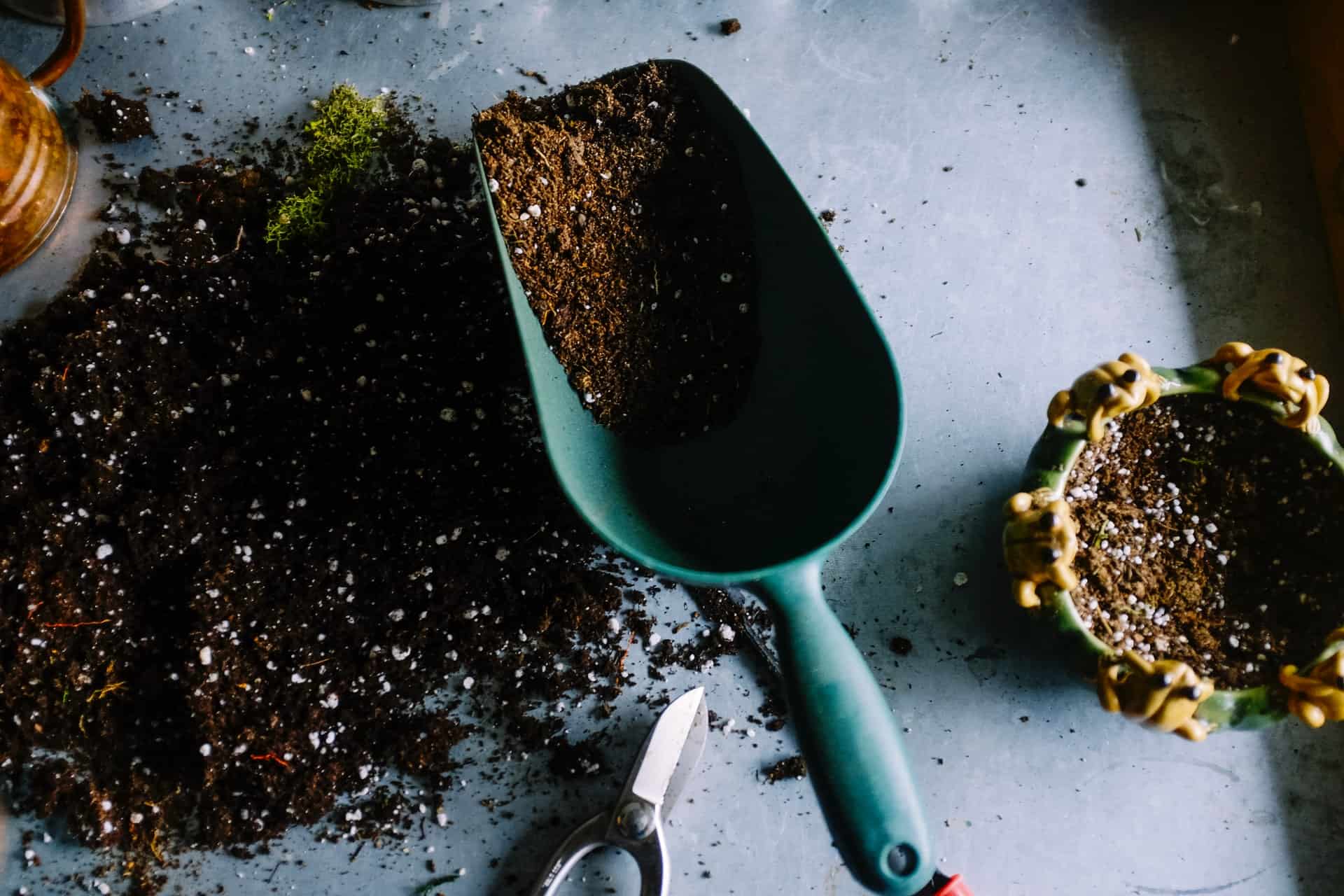Costa Ricans celebrate May 15 each year as “El Dia del Agricultor,” or Farmer’s Day. It’s a day of tribute to those men and women who work with the land to provide food for the people of this country.
Costa Rica owes its long history of stability and independence to the agrarian society from which it was born. Since the colonial days, small, sustainable farms dominated the landscape of Costa Rica, where generation after generation of healthy children were raised on natural foods from these homesteads.
Today, that legacy is being eroded by an unsustainable agricultural model that depends on toxic petrochemicals. Each of us can contribute to a stable future by supporting farmers dedicated to sustainable practices, or growing our own healthy, natural foods at home.
May and June, when many people are spending a lot of time at home due Covid, are excellent months to start a home garden. The weather is favorable for growing an abundance of produce and fruit in every bioregion of the country. For salad greens, try planting a collection of lettuce, cabbage, mustard, onions, peppers and tomatoes in flats with prepared potting soil. The flats can be located on the sunny side of the house under the overhang of the roof, preferably on a table to give protection from heavy rains.
When the seedlings are about 5 centimeters tall, transplant them to small pots or recycled plastic cups filled with aged compost. Let them grow in the cups for about two weeks, so their roots recover from the shock of transplanting, and the foliage continues to flourish. Now the young plants can be easily moved to the garden beds without losses from the shock of transplanting or bug predation.
May and June are good months to plant green beans, as well as the traditional black and red beans Ticos love so much. Green bean seeds are available at most agricultural supply stores, and I’ve found Provider (Provenador) to be a hardy and productive variety. The seeds are planted about 20 centimeters apart with a distance of 50 centimeters between the rows. Highland gardeners can plant carrots and beets at this time of the year.
These crops can be planted directly in prepared beds, 2-3 centimeters apart with 30 centimeters between rows. Radishes and turnips are easy crops to grow for gardeners who live in the warmer regions of the country. The seeds can be planted directly in prepared beds with the same spacing mentioned above for carrots and beets. Liquid compost tea applied to the surrounding soil helps to boost growth and production.
Now is also an ideal time for plant root crops. Yuca is a favorite crop of Ticos, and it’s very easy to plant. All you need are 30-centimeter sections of stems. These stem cuttings are inserted halfway into the ground about 50 centimeters apart. By the time the dry season rolls around again, you’ll find large yuca tubers under each plant.
Tiquisqui and Ñampi or taros are two more famous root crops I like to call tropical potatoes. You can buy these tubers in the market and plant them in the garden about .5 meters apart. Once again, an application of rich compost will boost their growth and production. Apart from an occasional cultivating of the soil around the plants, you can harvest a gold mine of taro roots around October.
Here’s an invitation to the wonderful world of home gardening in Costa Rica. For more information on how to get started, be sure to check us out at: http://thenewdawncenter.info
This was originally posted in June 2012






